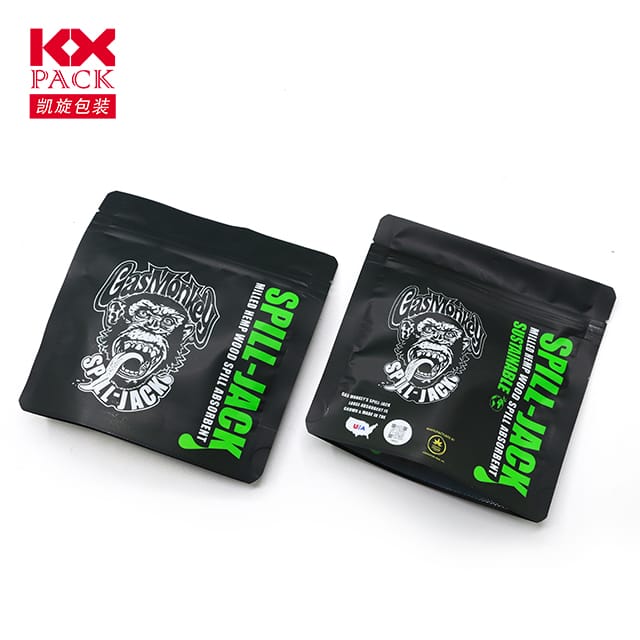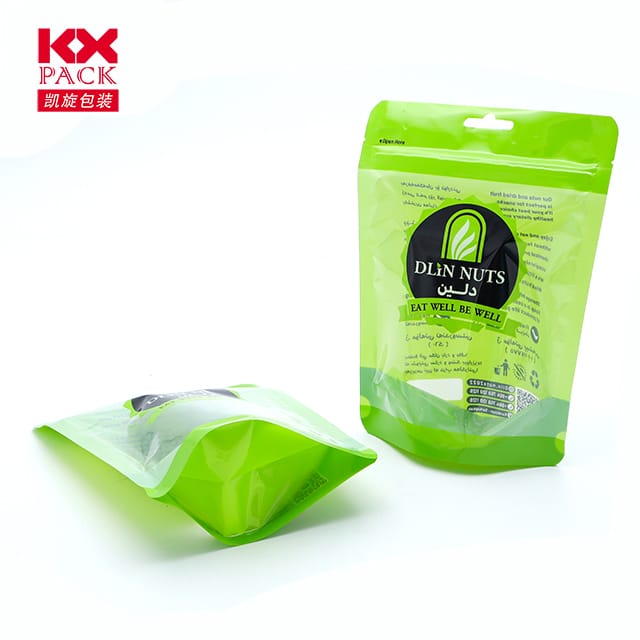Обоюдоострый меч пластиковой пленки в упаковке еды: Удобство против. Устойчивость
Пластическая пленка
In modern kitchens and supermarkets, plastic film for food—commonly known as cling wrap, Обертка предложения, Или продовольственная упаковка - стал основным продуктом. Это прозрачный, эластичный, и герметичные свойства делают его идеальным для сохранения свежести, предотвращение разливов, и обертывание остатков. Еще, Поскольку экологические проблемы, Этот вездесущий кухонный инструмент сталкивается с проверкой. Давайте рассмотрим преимущества, drawbacks, and eco-friendly alternatives to plastic film in food storage.
1. Why Plastic Film Dominates Food Packaging
- Preservation Power: Plastic film creates an airtight seal, slowing oxidation and bacterial growth. This extends the shelf life of produce, meats, and cooked meals by days or even weeks.
- Универсальность: From wrapping sandwiches to covering bowls, its flexibility allows it to conform to any shape.
- Cost-Effectiveness: A single roll costs just a few dollars and can last months, making it a budget-friendly choice for households and restaurants.
- Hygiene: Transparent and disposable, it reduces cross-contamination risks compared to reusable containers that may not be cleaned thoroughly.
2. The Environmental Toll of Plastic Film
Despite its convenience, plastic film poses significant environmental challenges:
- Non-Biodegradable: Most plastic films are made from polyethylene (ЧП), a petroleum-based material that takes 500+ годы чтобы разложить.
- Микропластическое загрязнение: When discarded improperly, it fragments into microplastics that infiltrate soil, водные пути, and even human food chains.
- Recycling Barriers: Many curbside recycling programs don’t accept plastic film due to contamination risks. Только 4% of U.S. plastic wrap is recycled annually (Эпэ, 2021).
- Single-Use Culture: The average household uses 1,500 plastic bags/wraps yearly, most of which end up in landfills or oceans.
3. Eco-Friendly Alternatives to Plastic Film
Хорошие новости? Sustainable swaps are readily available:
А. Пчелиные обертки
- Материал: Cotton fabric coated in beeswax, Жеджоба масла, и древесная смола.
- Преимущества: Многоразовый на срок до года, компостируемый, и естественно антибактериальные.
- Best For: Wrapping cheese, sandwiches, or covering bowls.
- Drawback: Not vegan-friendly and melts near heat.
Б. Силиконовые продовольственные покрытия
- Материал: Food-grade silicone (a synthetic rubber).
- Преимущества: Безбелевая посудомоечная машина, reusable for years, and heat-resistant (great for sous-vide cooking).
- Best For: Stretching over bowls, кастрюли, or half-cut produce.
- Drawback: More expensive upfront (10–20 per set).
С. Постоянные тканевые чехлы
- Материал: Cotton or linen with a waterproof lining (НАПРИМЕР., PUL fabric).
- Преимущества: Machine-washable, customizable in size, and breathable for produce.
- Best For: Storing bread, herbs, or covering dough during rising.
Д. Контейнеры из стекла или нержавеющей стали
- Преимущества: Герметичный, утечка, and infinitely recyclable.
- Best For: Meal prepping, leftovers, and freezer storage.
4. How to Reduce Plastic Film Waste Today
Even if you’re not ready to ditch plastic film entirely, small changes can make a difference:
- Reuse: Wash and dry plastic wrap gently to reuse it 2–3 times.
- Перерабатывать справа: Check local programs for drop-off locations that accept plastic film (НАПРИМЕР., grocery store bins).
- Buy in Bulk: Avoid pre-wrapped produce; bring reusable mesh bags to the store.
- DIY Alternatives: Use a damp paper towel to keep greens fresh or store leftovers in jars.
5. The Future of Food Packaging
Innovations are emerging to bridge convenience and sustainability:
- Edible Films: Made from starch or seaweed, these wraps can be eaten or composted.
- Plant-Based Plastics: Biodegradable films derived from corn or sugarcane are entering the market.
- Умная упаковка: Sensors embedded in films could soon detect food spoilage, сокращение отходов.
Последние мысли: Balance Is Key
Plastic film’s role in food safety and preservation is undeniable, but its environmental impact demands action. By opting for reusable alternatives when possible and disposing of plastic responsibly, we can protect both our meals and the planet.
What’s your go-to plastic film alternative? Share your tips in the comments below—let’s inspire each other to make sustainable swaps! 🌍🥪
Источники: Эпэ, National Geographic, and sustainability blogs like Treehugger.







